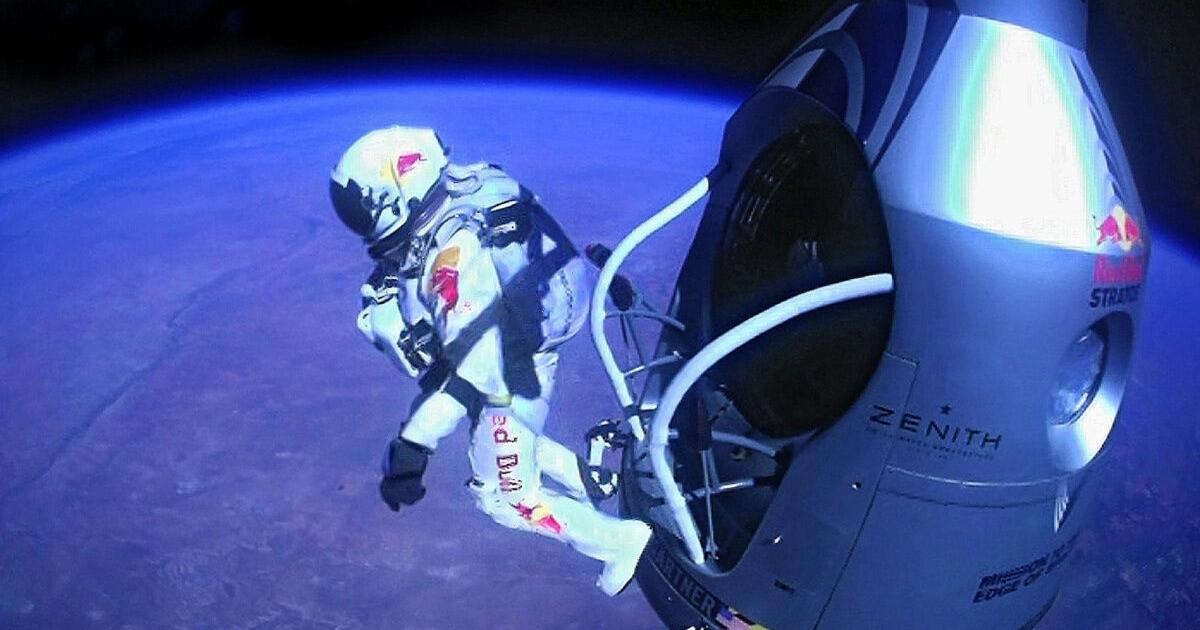Felix Baumgartner, the Austrian daredevil renowned for his groundbreaking 2012 space jump, has tragically passed away at the age of 56 following a paragliding accident in Italy. Baumgartner, famously known as "Fearless Felix," captured the world's attention when he leaped from a helium balloon suspended at an astonishing 24 miles above Earth, shattering records and breaking the sound barrier in a single breathtaking plunge. His audacious spirit and commitment to pushing the boundaries of human capability
Did You Know
The Eiffel Tower can be 15 cm taller during the summer due to thermal expansion.
?
AD
made him a household name in the realm of extreme sports.
The tragic incident occurred in Porto Sant’Elpidio, where Baumgartner reportedly lost control of his paraglider and crashed into a hotel swimming pool, injuring a woman in the process. This unforeseen calamity not only left fans and fellow athletes in shock but also raised concerns about the inherent dangers associated with extreme sports. Baumgartner’s captivating exploits inspired countless individuals to embrace adventure, yet his untimely death serves as a stark reminder of the risks faced by those who navigate the thrilling yet perilous world of high-altitude stunts.
As tributes to Baumgartner pour in from around the globe, the skydiving community mourns the loss of a visionary. His legacy, filled with record-smashing achievements and a fearless determination to conquer the skies, will endure. From his commitment to safety to his ability to inspire others to reach for the extraordinary, Baumgartner’s impact on both the sport and its enthusiasts is immeasurable. As we remember this trailblazer, we are reminded of the fine line between daring adventure and the unforeseen dangers that lie beneath, echoing the complexities of human ambition.
Q&A (Auto-generated by AI)
What was Felix Baumgartner's famous jump?
Felix Baumgartner is best known for his historic jump from the stratosphere on October 14, 2012. He ascended to approximately 24 miles (39 kilometers) in a helium balloon and then free-fell to Earth, breaking the sound barrier at speeds exceeding 833 mph (1,342 km/h). This jump, part of the Red Bull Stratos project, demonstrated advanced technologies in high-altitude jumps and garnered worldwide attention, solidifying Baumgartner's status as a legendary daredevil.
How did Baumgartner's jump impact skydiving?
Baumgartner's jump significantly influenced the field of skydiving and extreme sports by showcasing the potential of high-altitude jumps. His successful descent encouraged advancements in safety equipment and techniques for both professional and recreational skydivers. The event also sparked greater public interest in skydiving, leading to increased participation and the development of new training programs focused on high-altitude jumps and related technologies.
What safety measures exist for paragliding?
Paragliding safety measures include pre-flight checks, using certified equipment, and adhering to weather conditions. Pilots typically undergo training to understand aerodynamics and emergency protocols. Equipment such as reserve parachutes, helmets, and GPS devices enhance safety. Additionally, paragliding schools often emphasize the importance of flying in designated areas and maintaining communication with local air traffic control to avoid accidents.
What are the risks of extreme sports?
Extreme sports, including skydiving and paragliding, carry inherent risks such as equipment failure, adverse weather conditions, and human error. Participants may face serious injuries or fatalities due to crashes, collisions, or sudden changes in wind. Training and experience can mitigate some risks, but the unpredictable nature of extreme environments always poses a danger. Understanding these risks is crucial for anyone engaging in extreme sports.
How does paragliding differ from skydiving?
Paragliding and skydiving differ primarily in their methods of descent. Paragliding involves launching from a height and gliding down using a fabric wing, allowing for extended flight and maneuverability. In contrast, skydiving typically starts from an aircraft, with a free-fall before deploying a parachute. While both sports involve aerial descent, paragliding emphasizes sustained flight, whereas skydiving focuses on free-fall experience.


















